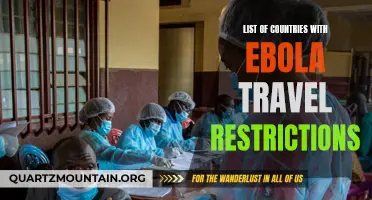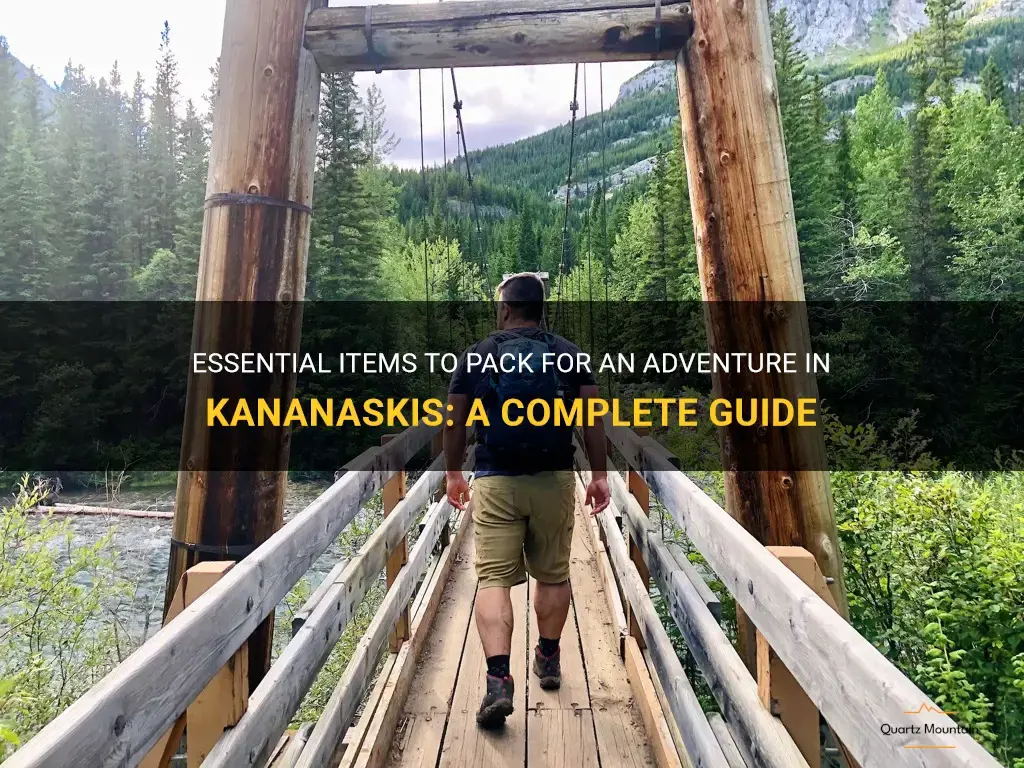
Are you an adventurous soul looking to embark on an unforgettable journey in Kananaskis? Look no further! In this complete guide, we will not only show you all the essential items you need to pack for your adventure but also provide you with valuable insights to ensure a smooth and enjoyable trip. From hiking gear to camping essentials, we've got you covered. So grab your backpack and get ready to explore the breathtaking beauty of Kananaskis with confidence!
What You'll Learn
- What are the essential items to pack for a trip to Kananaskis?
- Are there any specific clothing items that are recommended for Kananaskis?
- Are there any items that are prohibited or restricted in Kananaskis?
- What type of footwear is recommended for hiking in Kananaskis?
- Are there any specific outdoor gear or equipment that is necessary for activities in Kananaskis?

What are the essential items to pack for a trip to Kananaskis?
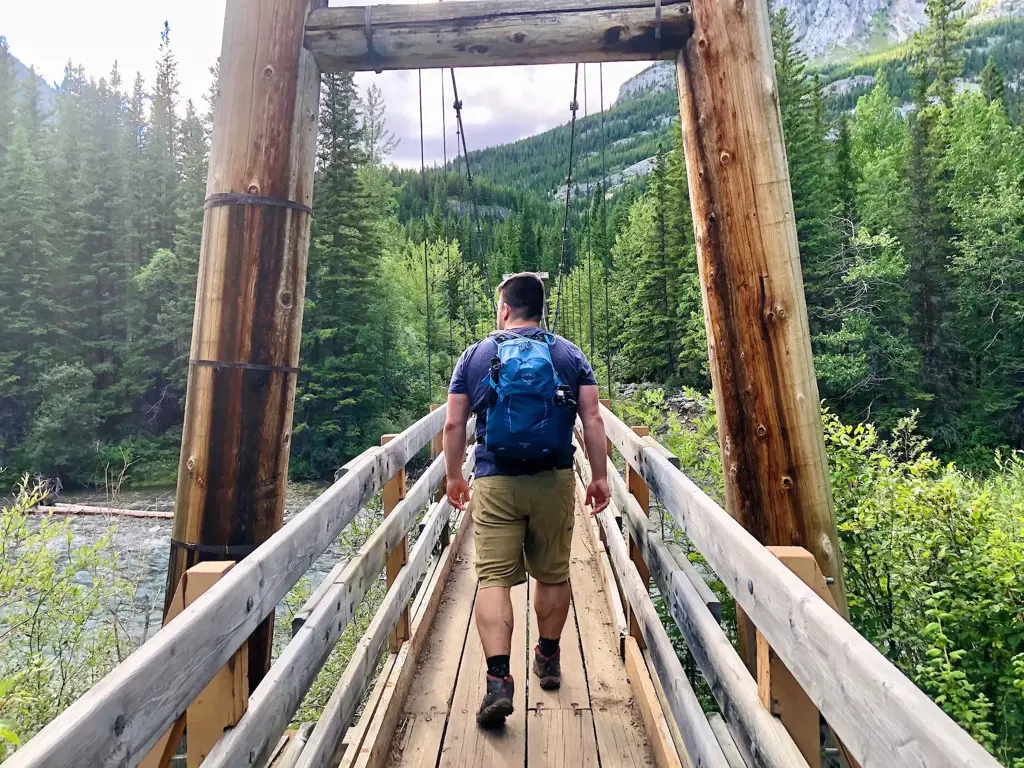
When planning a trip to Kananaskis, it is important to pack the essential items that will ensure you have a comfortable and enjoyable time exploring this stunning region. Whether you are planning a day hike or a multi-day camping trip, being prepared is key. Here are some essential items to pack for a trip to Kananaskis:
- Clothing: Kananaskis is known for its unpredictable weather, so it is important to pack layered clothing. This includes a waterproof and windproof jacket, warm sweaters or fleeces, long-sleeved shirts, quick-drying pants, and thermal base layers. Don't forget to pack a hat, gloves, and extra socks as well.
- Footwear: A sturdy pair of hiking boots is a must when exploring Kananaskis. The trails can be rugged, with varying terrain, so it is important to have proper footwear for comfort and safety. Make sure your boots are waterproof and well broken-in before your trip.
- Backpack: A comfortable backpack is essential for carrying your gear and supplies during your adventures in Kananaskis. Look for a backpack with a hip belt and adjustable shoulder straps for added comfort. It should also have enough capacity to carry water, snacks, a first aid kit, and any other essentials.
- Water and Snacks: Staying hydrated and fueled is crucial when spending time in the outdoors. Pack a reusable water bottle or hydration bladder and make sure to fill it up before hitting the trails. Carry high-energy snacks such as granola bars, nuts, and dried fruits to keep you going throughout the day.
- Navigation Tools: Kananaskis has a vast network of trails, so having the right navigation tools is important. Make sure to bring a detailed map of the area, a compass, and/or a GPS device. Familiarize yourself with the trails beforehand and plan your routes accordingly.
- Sun Protection: The mountain environment in Kananaskis can result in intense sun exposure. It is crucial to pack sun protection items such as sunscreen, sunglasses, and a wide-brimmed hat to shield yourself from harmful UV rays.
- First Aid Kit: Accidents and injuries can happen even on well-maintained trails. Pack a basic first aid kit that includes adhesive bandages, antiseptic wipes, pain relievers, and any personal prescription medications. It is also a good idea to have a whistle in case of emergency.
- Camping Gear (if applicable): If you plan on camping in Kananaskis, make sure to pack a sturdy tent, sleeping bag, sleeping pad, and cooking equipment. Check the camping regulations and availability of campsites in advance and ensure you have all the necessary permits.
- Insect Repellent: Depending on the time of year, mosquitoes and other insects can be prevalent in Kananaskis. Pack a good quality insect repellent to protect yourself from bug bites.
- Camera: Lastly, don't forget to pack your camera to capture the breathtaking beauty of Kananaskis. Whether you are an amateur or professional photographer, the stunning landscapes and wildlife sightings are worth capturing.
In conclusion, when preparing for a trip to Kananaskis, be sure to pack clothing for all types of weather, proper footwear, a comfortable backpack, water and snacks, navigation tools, sun protection, a first aid kit, camping gear (if applicable), insect repellent, and a camera. Being well-prepared will ensure you have a safe and memorable adventure in this beautiful region.
Must-Have Items for Your Boy Scout Summer Camp Packing List
You may want to see also

Are there any specific clothing items that are recommended for Kananaskis?

When planning a trip to Kananaskis, it is essential to pack appropriate clothing to ensure comfort and safety during outdoor activities. Located in the Canadian Rockies, Kananaskis offers a wide range of outdoor adventures, from hiking and camping to skiing and snowboarding. The climate in Kananaskis can vary greatly depending on the time of year and elevation, so it is important to be prepared for fluctuating temperatures and weather conditions.
Here are some specific clothing items that are recommended for a trip to Kananaskis:
- Layered clothing: Kananaskis is known for its rapidly changing weather, so it is crucial to dress in layers to adapt to temperature variations throughout the day. Start with a base layer made of moisture-wicking fabric that can keep you dry and comfortable. Add a mid-layer, such as a fleece or down jacket, for insulation. Finally, top it off with a waterproof and windproof outer layer to protect against rain, snow, and wind.
- Hiking boots: A sturdy pair of hiking boots is a must-have for exploring the trails in Kananaskis. Look for boots that provide ankle support, have a sturdy sole for traction on uneven terrain, and are waterproof to keep your feet dry during river crossings or wet conditions. Make sure to break in your hiking boots before your trip to avoid blisters and discomfort.
- Moisture-wicking socks: Invest in a few pairs of moisture-wicking socks to keep your feet dry and reduce the risk of blisters. Avoid cotton socks, as they retain moisture and can lead to discomfort and foot-related issues. Look for socks made of merino wool or synthetic materials that wick away moisture and provide extra cushioning.
- Hat and sunglasses: The sun in Kananaskis can be intense, especially at higher elevations. Protect your face and eyes by wearing a wide-brimmed hat to shield you from the sun's rays. Additionally, bring a pair of sunglasses with high UV protection to prevent eye damage and glare from snow or water.
- Gloves and a beanie: Depending on the time of year, temperatures in Kananaskis can drop significantly, especially in the evenings or at higher elevations. Pack a pair of lightweight gloves and a warm beanie to keep your extremities warm. Opt for gloves that allow dexterity, so you can still operate camera equipment or use hiking poles without removing them.
- Quick-drying and moisture-wicking clothing: When engaging in water activities, such as kayaking or rafting, it is essential to bring quick-drying and moisture-wicking clothing. These materials will help you stay dry and comfortable even if you get wet.
Remember to check the weather forecast before your trip and adjust your clothing accordingly. Even during the summer months, Kananaskis can experience sudden rainstorms or temperature drops, so it is better to be prepared with the right clothing. By wearing appropriate clothing, you can fully enjoy your time in Kananaskis and make the most of all the outdoor activities it has to offer.
Essential Items to Pack for a Memorable Motorcycle Rally Experience
You may want to see also

Are there any items that are prohibited or restricted in Kananaskis?
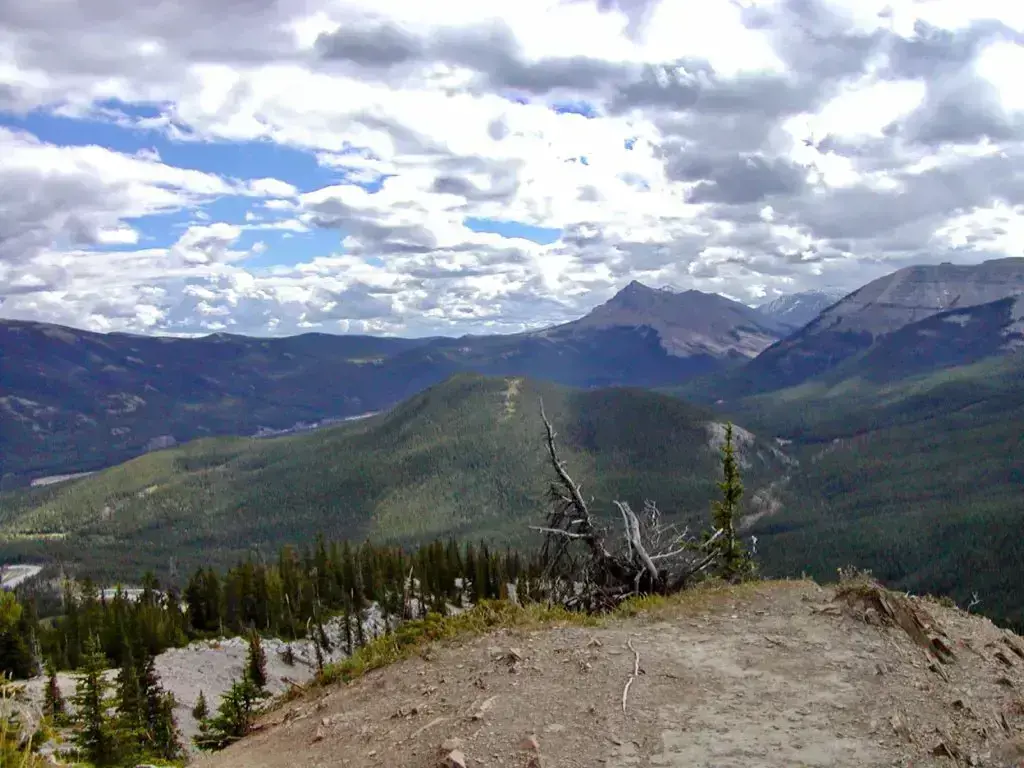
Kananaskis is a beautiful region in Alberta, Canada, known for its stunning landscapes and recreational opportunities. Whether you are planning a hiking or camping trip to Kananaskis, it is important to be aware of any items that may be prohibited or restricted in the area.
One item that is strictly prohibited in Kananaskis is fireworks. This is due to the high risk of forest fires, especially during the dry summer months. The use of fireworks can easily spark a fire and endanger the surrounding forests and wildlife. As a responsible visitor, it is crucial to respect this prohibition and find alternative ways to celebrate.
Another restricted item in Kananaskis is alcohol. While alcohol consumption is not completely banned, there are designated areas where it is permitted. These areas are typically limited to camping grounds or designated picnic areas. It is important to familiarize yourself with the specific rules and regulations of the area you are visiting to ensure compliance.
In addition to fireworks and alcohol, there may be restrictions on other items depending on the specific location within Kananaskis. For example, off-road vehicles such as ATVs or dirt bikes may be restricted in certain areas to protect the natural environment. It is always a good idea to check with park or campground authorities for any specific regulations before bringing such vehicles.
When packing for your trip to Kananaskis, it is also important to consider the impact of non-native invasive species. Invasive species can have a detrimental effect on the native flora and fauna in the region. To prevent the spread of invasives, it is advisable to clean your gear, including shoes, before entering the area. This will help reduce the risk of introducing non-native species and protect the delicate ecosystem of Kananaskis.
Lastly, it is crucial to remember the principles of Leave No Trace when visiting Kananaskis. This means packing out all your trash and disposing of it properly. There are no garbage facilities in many areas of Kananaskis, and leaving trash behind can harm the environment and wildlife. It is also important to stay on designated trails to avoid damaging fragile ecosystems.
In summary, while enjoying the wonders of Kananaskis, it is essential to be aware of any prohibited or restricted items. This includes fireworks, alcohol (unless in designated areas), off-road vehicles in certain areas, and non-native species. By respecting these regulations and practicing responsible outdoor ethics such as Leave No Trace, we can help preserve the natural beauty of Kananaskis for future generations.
Essential Items to Pack for a Trip to Dalat
You may want to see also

What type of footwear is recommended for hiking in Kananaskis?
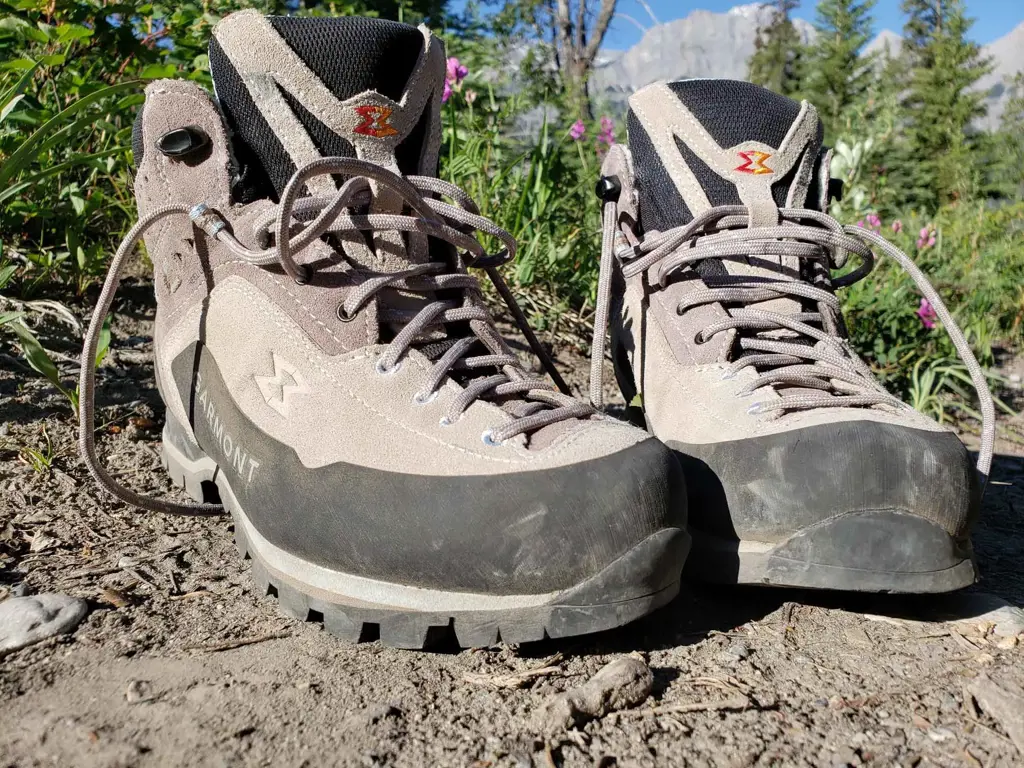
Hiking in Kananaskis, a beautiful region in the Canadian Rockies, offers stunning views and exciting adventures. However, ensuring you have the right footwear is essential for a safe and enjoyable experience. The terrain in Kananaskis can vary from rugged, rocky paths to muddy trails, so it's crucial to choose the appropriate shoes for your hike.
When it comes to hiking footwear, there are various options available, including hiking boots, hiking shoes, and trail runners. Each type has its own advantages and disadvantages, so finding the most suitable option depends on personal preference and the specific trail conditions.
Hiking boots are a popular choice for tackling challenging terrain. They offer excellent ankle support and protection, making them ideal for traversing rocky or uneven paths. Moreover, hiking boots have a sturdy sole with deep lugs, providing excellent traction on slippery or muddy surfaces. These boots typically have a higher cut, covering the ankle, which reduces the risk of sprains and offers additional stability.
Hiking shoes, on the other hand, are a lightweight and less cumbersome alternative to hiking boots. They are designed for less rugged trails, where ankle support isn't as critical. Hiking shoes provide more flexibility and breathability, making them comfortable during longer hikes. However, they may not offer the same level of protection and stability as hiking boots, so they are best suited for well-maintained trails with fewer hazards.
For those who prefer a more minimalist footwear option, trail runners can be a suitable choice. Trail runners are similar to regular running shoes but have additional features for handling off-road terrains. They provide a lightweight and agile option, allowing for quicker movement on the trails. However, they may lack the same durability and protection as hiking boots or shoes, so they are better suited for experienced hikers or those with strong feet and ankles.
Regardless of the type of footwear you choose, it's crucial to ensure a proper fit. Ill-fitting shoes can lead to discomfort, blisters, or even injuries. When trying on hiking footwear, make sure there is enough room for your toes to wiggle, but not too much extra space that your foot slides around. It's also essential to wear appropriate hiking socks to prevent chafing and blistering.
Additionally, consider the weather and trail conditions when selecting your footwear. If you're hiking in wet or snowy conditions, waterproof boots or shoes are recommended to keep your feet dry and warm. However, keep in mind that waterproof footwear may not be as breathable, so your feet may become sweaty in hot weather.
To summarize, choosing the right footwear for hiking in Kananaskis is crucial for a safe and enjoyable experience. Hiking boots offer excellent ankle support and protection and are suitable for rugged terrains. Hiking shoes are a lightweight and breathable option for less challenging trails. Trail runners provide agility and speed but may lack the same durability and protection. Remember to choose footwear that fits well and consider the weather and trail conditions to ensure optimum comfort and safety on your hike.
Essential Packing Guide for a Baltic Cruise in the Summer
You may want to see also

Are there any specific outdoor gear or equipment that is necessary for activities in Kananaskis?
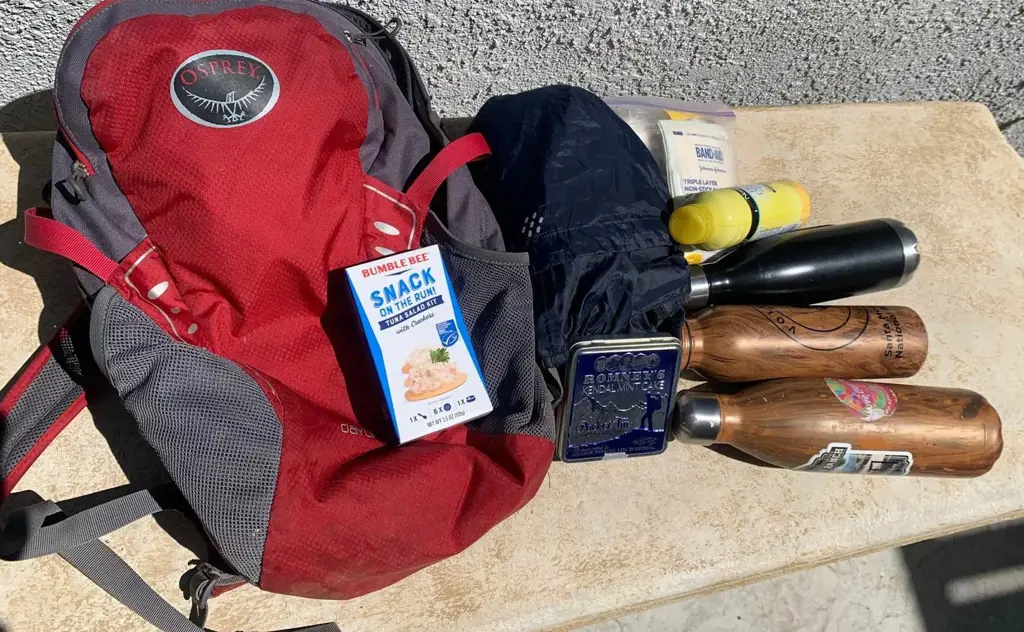
When planning outdoor activities in Kananaskis, it is important to have the necessary gear and equipment to ensure a safe and enjoyable experience. From hiking and camping to skiing and mountaineering, the specific gear needed will vary depending on the activity. In this article, we will explore some of the essential outdoor gear and equipment for activities in Kananaskis.
Hiking Gear:
- Hiking boots: Invest in a sturdy pair of hiking boots that provide good ankle support and traction to prevent slips and falls on uneven terrain.
- Backpack: Choose a backpack of appropriate size to carry essentials like water, snacks, extra clothing layers, a map, and a first aid kit.
- Navigation tools: Carry a map, compass, and/or GPS device to help navigate through the trails and prevent getting lost.
- Clothing layers: Dress in layered clothing to adapt to changing weather conditions. Include a moisture-wicking base layer, insulating mid-layer, and a waterproof outer layer.
- Trekking poles: Trekking poles provide stability and reduce strain on your knees, especially during steep ascents and descents.
Camping Gear:
- Tent: Choose a tent suitable for the number of people accompanying you. Ensure it is waterproof and has proper ventilation.
- Sleeping bag: Select a sleeping bag suitable for the expected temperature range in Kananaskis. Look for a bag with insulation appropriate for the season.
- Sleeping pad: A sleeping pad provides insulation and cushioning, offering a more comfortable sleep on hard ground.
- Camping stove: Bring a camping stove and fuel to cook meals. Check for any fire bans or restrictions in the area before using open flames.
- Water filter or purification tablets: Ensure a safe drinking water source by packing a water filter or purification tablets.
Skiing/Snowboarding Gear:
- Skis/Snowboard: Choose the appropriate skis or snowboard for your skill level and the type of terrain you will be skiing on.
- Bindings: Make sure your bindings are properly adjusted to your boots and bindings release mechanism is working correctly.
- Helmet: Always wear a helmet to protect your head from potential injuries, especially when skiing or snowboarding at high speeds.
- Goggles: Goggles provide eye protection from snow, wind, and glare, enhancing visibility on the slopes.
- Avalanche safety gear: When skiing or snowboarding in backcountry areas, carry essential avalanche safety gear such as a shovel, avalanche probe, and beacon.
Mountaineering Gear:
- Climbing harness: A harness is essential for mountaineering as it provides safety and support during technical climbs.
- Rope: Depending on the route, a rope may be required for belaying or rappelling. Make sure to select the appropriate thickness and length.
- Crampons and ice axe: Crampons provide traction on icy slopes, and an ice axe helps with self-arrest and ascending steep slopes.
- Helmet: A helmet is crucial for protection against falling rocks or accidental slips during mountaineering expeditions.
- Carabiners and climbing slings: These tools are used for securing ropes, attaching gear, and connecting climbers.
It is important to note that these are general recommendations, and the specific gear required may vary depending on the difficulty level, duration, and weather conditions of the activity. Always check weather forecasts, trail conditions, and safety advisories before heading out into the outdoors. Additionally, ensure you have the necessary knowledge and skills to use the gear correctly and safely.
Essential Items to Pack for a Trip to Canada in October
You may want to see also
Frequently asked questions
When packing for a trip to Kananaskis, it is important to be prepared for varying weather conditions. Make sure to bring warm layers, such as a fleece jacket or sweater, as temperatures can be cool even in the summer months. Additionally, pack a waterproof jacket or raincoat to protect against rain showers. Comfortable walking or hiking shoes are essential, as there are many trails and outdoor activities to explore in the area. Don't forget to bring a hat, sunglasses, and sunscreen to protect against the strong mountain sun. Finally, pack a reusable water bottle and snacks for longer hikes and outdoor adventures.
If you are planning to go camping in Kananaskis, there are a few specific items you should bring. Firstly, make sure to have a sturdy tent and sleeping bag to ensure a comfortable night's sleep. It is also important to bring a camping stove or portable grill for cooking meals, as open fires are often restricted in the area. Don't forget to pack camping utensils, plates, and mugs for eating and drinking. In terms of clothing, bring warm layers for the chilly nights and mornings, as well as extra socks and shoes for hiking and exploring. Finally, don't forget to bring bug spray and a first aid kit for any emergencies or insect bites.
Yes, there are several places in Kananaskis where you can rent outdoor gear if you don't have your own equipment. These rental shops offer a variety of gear, including hiking boots, backpacks, tents, sleeping bags, and camping stoves. It is recommended to make a reservation in advance, especially during the busy summer months, to ensure availability. Renting gear is a convenient option for those who do not want to invest in expensive equipment or for those who are traveling and cannot bring their own gear.






